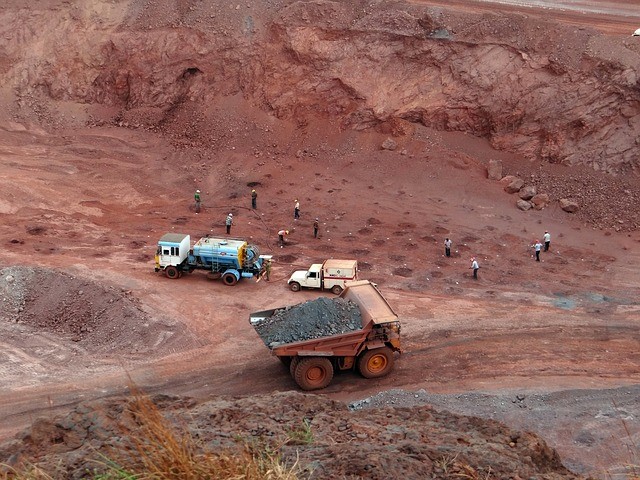Domestic HRC (hot-rolled coil) prices skyrocketed to Rs 58,000, a 54 percent surge from the price a year ago of the December quarter. This was favored by the growth in domestic consumption, soaring iron ore prices, and higher global steel prices. Prices of HRC had climbed to Rs 58,000/ tonne in the month of January. But due to steep resistance from the end-users and the intervention of the government, the prices were dropped down to Rs 36,250.
Softening iron ore prices coupled with the reduction in import duty on flat and long steel products gives a clear indication of a likely decrease in steel prices in the coming months. ICRA predicts a 10 percent decrease in the domestic prices from the high prices witnessed in January.
The state-run miner NMDC has cut prices by Rs. 600 per tonne which is about 10-12 percent of the prevailing rates in January. This implies a savings of about Rs 1000 in input costs per tonne of steel produced. Thus it is expected that the merchant miners will follow the same trend. This reduction will release the pressure from the steel mills and they may opt to cut prices.
Additionally, the reduction in imports taxes levied on flat and long products after the budget 2021 announcement will promote more steel imports and at a much more competitive price from countries like China (impact from FTA countries like South Korea and Japan are going to stay unaffected). In order to increase the margin and hold an upper edge over the landed cost of imports from China, the steel players may be inclined to cut steel prices, keeping in mind the softening of the iron ore prices. Apart from that, the global steel prices are also showing signs of weakening. Thus we may witness a reduction in steel prices in the coming months.



